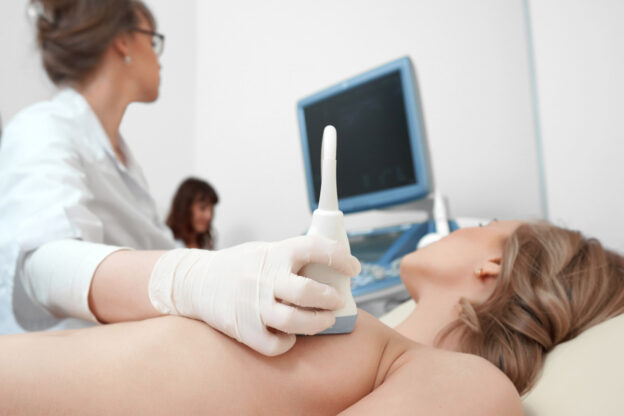Can I Breastfeed with Breast Implants?: Dr. Emily Kirby Explains

As a board-certified plastic surgeon in Fort Worth, Dr. Emily Kirby meets with hundreds of patients considering breast augmentation every year. She also helps empower many of them to decide how to proceed with an understanding of the effects that breast implants may have on the ability to breastfeed.
Video transcript »
Hi, I’m Dr. Emily Kirby, a board-certified plastic surgeon in Fort Worth. A popular topic people ask about is breastfeeding and whether you can still breastfeed if you have breast implants.
In the general population, not everybody chooses to breastfeed, and not everybody can. So first, we don’t know if you would be able to breastfeed if you have never done so before. It’s also important to think about how every pregnancy is very different, and every child is very different—I know this; I have two children. Just because you could breastfeed once does not mean that you would be able to or choose to breastfeed the second time or additional times.
Another thing to consider is that studies have shown the larger the implant you choose—if you opt for a really large implant—it can compress the breast tissue. If it’s compressing the breast tissue enough in the layers where the milk ducts live, then you might compress those milk ducts enough that they become nonfunctional.
The other piece of information found is that when you make an incision around the areola—the colored part that surrounds the nipple—and stretch that tissue to put an implant in, you are more likely to permanently damage those milk ducts. So it depends on the size of the implant, the incision that is made, and whether you would have been able to breastfeed in the first place.
The ability to breastfeed after breast augmentation depends on 3 primary factors
1. The size of the implant
Choosing a larger implant compresses natural breast tissue, possibly affecting the layers where milk ducts and nerves are located. Too much pressure could interfere with the function of these milk ducts and/or nerves, so implant size influences your breastfeeding ability after breast augmentation.
2. Where the incision is made
Incision location is another critical factor. Making an incision around the areola (the pigmented area surrounding the nipple) and stretching that tissue to insert an implant increases the chance of permanently damaging milk ducts. Damaged milk ducts can impair breastfeeding capability.
Instead, you may choose to have breast implants placed through an inframammary fold incision site, which is at the base of the breast, to better preserve milk duct function.
3. Whether you would have been able to breastfeed in the first place
Not everyone chooses to breastfeed, and not everyone can. If you have never breastfed before, uncertainty remains whether you could, even without implants. Further, each pregnancy and child is different, so the ability to breastfeed after a previous childbirth does not guarantee the future ability to do so.
In the Fort Worth area? Meet with Dr. Kirby at our office in the Shops at Clearfork!
If you are curious about breast augmentation, we encourage you to start by meeting with a board-certified plastic surgeon. Dr. Emily Kirby is a female breast augmentation surgeon who has the medical background required for safe, outstanding outcomes and has worked with hundreds of women to reach their goals. She operates out of her private, Quad A-accredited surgical suite, within the Kirby Plastic Surgery and Kalos Medical Spa location in Fort Worth. Call or text 817-292-4200 to get started today!


